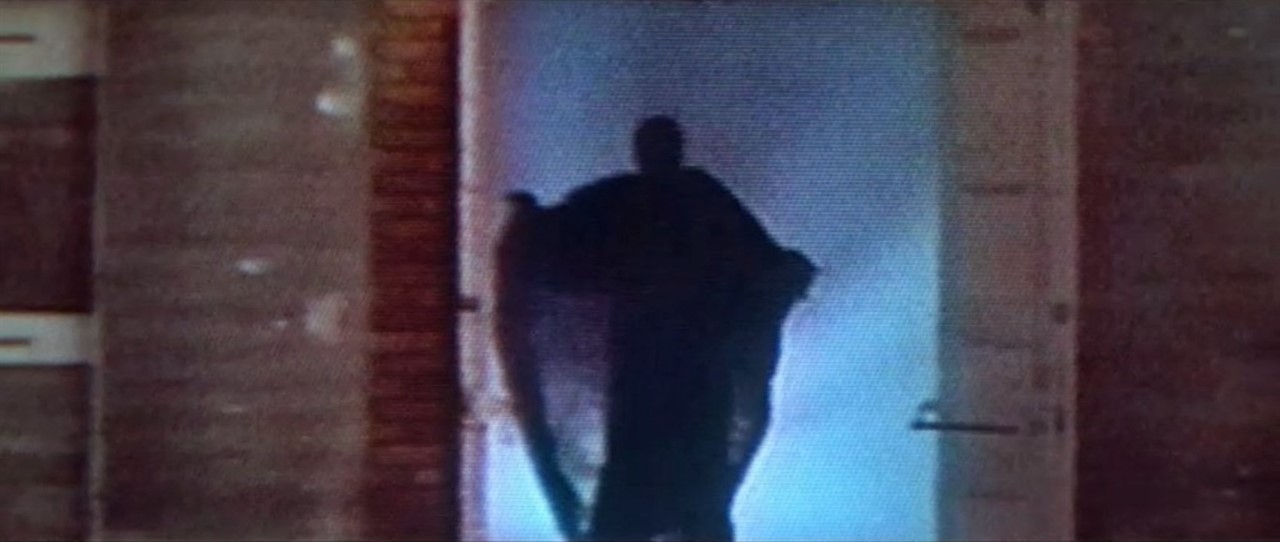John Carpenter’s Prince of Darkness (1987) is bookended by two similar but slightly different segments. Both segments are a dream, in particular a message transmitted as a dream. Both are grainy video images of a church door open, light spilling out, with someone or something standing at the threshold. The first segment is a warning. In the second that threshold is breached both narratively and in actuality, the threat has become a reality.
There is a particular subgenre of horror films in which the subject is a film itself that can destroy, in this case, it is the medium that
can not only harm the characters in the story but there is an implication that
the film itself could harm the real-life viewer as well. This narrative thread
could be traced back to its most popular source, Robert W. Chamber’s "King in
Yellow", which describes a play when read or performed that can cause madness and
even death. From there we get such things as The Ring (1998) with its
malevolent videotape, John Carpenter’s Cigarette Burns (2005) with a film,
when viewed, drives its observers to suicide, and the more recent Antrum (2018)
which poses as a documentary about a lost film that has claimed
lives.
This idea that horror can reach out from its medium, that it possesses the power to not only frighten or revolt but the ability to do actual physical harm has been applied from everything from comics to teleconferencing, but it hasn't taken hold there like it has for the haunted film subgenre. Viewing a film in the optimal fashion lulls the viewer into a trance-like state where the brain does not differentiate between the dream world of the film and the real-world of the person sitting there viewing it. Horror's core is about the violation of autonomy. A film already strips you of that autonomy, you are a passive viewer to its events and in a theater setting, you can’t even stop that. The most control you have is to leave and even if you do the events of the film still occur out of your sight.

There’s another element that harkens back to horror movies as an endurance test. A lot of horror fans, especially when young, look to horror films as a right of passage. If you can sit through this or that film you’ve earned bragging rights. As a kid, I was always looking for the most dangerous film, the one that could scare me so badly that I couldn’t sleep, the one so gross I’d gag while watching it. Even though I discovered most films fall far short of the expectations that have been set-up for them, I enjoyed the journey enough to keep going. Ultimately you learn that a film might disturb you. but in the end, it is largely harmless. The film is just a shadow on the wall.
We come back around to that notion of violation
of autonomy. Horror says, “But… what if those shadows had substance? What if they
can and do reach out from the screen to touch you? What will you do then?”
In Prince of Darkness, there a moment where the Anti-God while speaking through an animated corpse tells the scientists, "I've got a message for you and you're not going to like it." The medium is the message and horror is foundational enough to the human experience that even the medium is not free from horror's clutches.


No comments:
Post a Comment